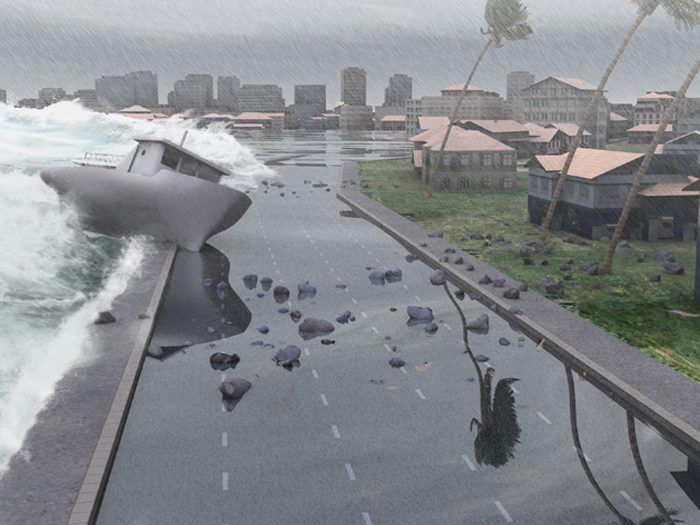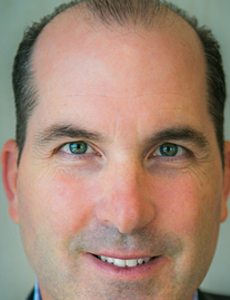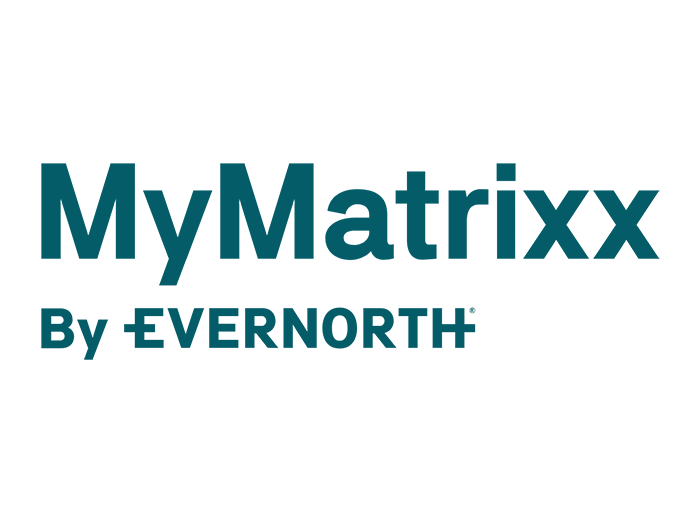A View from the Field
Post-Hurricane Rebuild Risk Management

Before this year’s severe hurricane season, our country’s construction industry was already facing significant challenges. A short supply of skilled labor, coupled with a new expedited permit approval process was raising questions about resources, quality and safety control industry-wide.
And then came Harvey, Irma and Maria.
In the immediate aftermath of the storms, attention is appropriately focused on the individuals impacted by residential loss, property damage and devastating loss of life. As the water recedes, the focus moves from immediate survival to moving forward. We will be looking at not only the extreme residential destruction, but also to the commercial and infrastructure damage.
As towns and cities confront the challenges of getting people back to work and businesses up and running, there will be significant risk management factors to consider for the construction, real estate investment, architecture and engineering industries.
Learning From the Sandy Rebuild
In the aftermath of Sandy, the Hurricane Sandy Rebuilding Task Force and the U.S. Department of Housing’s Rebuild by Design competition fostered the development of innovative solutions to regional vulnerabilities. While the resulting approaches were unique to the region, the creative integrations are great models and might serve as inspiration for post-Harvey and Irma building.
Working in 199 Water Street in lower Manhattan, I saw firsthand the need for this inspiration following the wrath of Sandy and the very technical challenges that our building’s developer faced. Allied World’s New York operations were temporarily displaced after the 35-story building where we are headquartered took on eight million gallons of seawater in its basement. Our developer, Jonathan D. Resnick, very eloquently captured the realities of that moment, saying, “You can’t fight the water. You have to adapt.”
And adapt he did. Floodgates were installed between the exterior columns of the building, protecting utilities like the heating and cooling systems, and other utilities were relocated, prompting difficult decisions about space allocation. The building is stronger and better prepared for disaster today than before the storm.
As Sandy and Katrina showed us, a thoughtful rebuild is perhaps even more important than a speedy one. A thorough understanding of the issues at play and an informed plan for managing the associated risks will help safeguard companies and developers alike throughout the post-hurricane rebuilds and in the years that follow.
That should be our goal moving ahead — to be stronger after the storm. To do this, developers, construction companies, architects, engineers and environmental experts must work together to manage the risks they face in the rebuild and to learn from lessons of past disaster rebuilds.
Here are the risk management issues to watch:
Construction Workforce Shortage
Simply finding qualified professionals to get the work done is going to be a challenge. The construction industry is already stretched thin. According to Associated General Contractors of America’s 2017 Workforce Survey, Texas has short supply of concrete workers, electricians, cement masons, carpenters, plumbers and installers. Florida contractors list the workplace shortage as their biggest concern.
Future Proofing Design and Construction
One of the biggest challenges will be for architects and engineers to learn from mistakes in the design phases. That design endeavor will likely have to involve material zoning and land use regulations that could present quite a hurdle.
A smarter rebuild is imperative as we’ve now seen what went wrong with previous designs in the face of flooding. Should Houston ever flood again, there will be liability risks if buildings are not properly protected. The recently appointed Hurricane Harvey Recovery Czar, John Sharp, has said at his introduction by Texas Greg Abbott, “One of the guiding principles will be to future-proof what is being rebuilt so as to mitigate future risks as much as possible.”
Don Neff, president and CEO of LJP Construction Services and a construction risk management expert spoke about how to do just that: “’Future proofing the reconstruction effort following both Harvey and Irma will require more innovative and higher standards of care. Managing construction risk in anticipation of the next costly natural disaster will logically require not only more robust architectural and engineering solutions but also proactive quality assurance and quality control protocols over the entire delivery cycle. This includes objective third-party peer reviews of creative pre-construction designs; comprehensive tracking of during-construction assemblies to capture the quality before they are covered up; and methodical post-construction building maintenance activities.”
Environmental Exposure
There are a host of potential environmental issues in the aftermath of this hurricane season, and with the EPA short-staffed due to Trump administration firings, it’s not entirely clear if these concerns will have proper oversight.
Houston is a petrochemical hub; the area is home to more than 450 plants, including refineries, as well as many hazardous waste disposal sites and Federal Superfund locations. Leaking chemicals and toxins in the floodwaters create similar environmental challenges to those seen after Katrina, and containment will be an active concern. ExxonMobil had two refineries damaged, and an Arkema plant experienced fires and chemical explosions after flooding knocked its power out. The pollution hazards from these and other local plants will have a notable impact on the area, with the added risk of environmental impacts that may become evident only over time.
Safety
Protecting workers from the hazards of rebuilding is a clear concern. New technology, including protective gear and drone operations, can and should be employed to safeguard workers and minimize safety risks. Following any catastrophic event, a major concern is structural damage, which traditionally requires a human to put themselves in an elevated and potentially dangerous situation.
Steven Fargo, CEO at DataWing Global, an unmanned aerial systems (“UAS”) services provider, explained the benefits of using drones to minimize risks, “Drones are perfect for mitigating this risk by quickly providing an aerial viewpoint inspection while keeping both feet on the ground. Drones are not limited to just visual information either. Post Hurricane Harvey and Irma, DataWing also used photogrammetry techniques to enable inspectors with 3D measurement capability. The result was better data delivered without risking human life.”
Public Private Partnerships
When handled properly, P3s can expedite projects, which would surely be helpful given the extensive rebuilding required. But who bears the revenue risk if things go wrong? There is inherent risk in these agreements because they involve transferring risk from the public entity to the private one, meaning the private sector will be financially responsible for any issues that arise. The result may be uneven liability on the part of the private sector and a long-term financial commitment for the private entity. Texas has P3 legislation, albeit inconsistent, and has completed several highway projects under the beneficial structure. State financing strains associated with Harvey recovery have the potential to slow important P3 initiatives in the pipeline. Conversely it will be argued that privately financed and operated P3 projects may be the only path forward to rebuild Houston infrastructure. Will Texas be able to implement P3 projects that reach beyond toll roads?
Political Climate
Recent legislation from the Trump administration is speeding up the infrastructure approvals process, but with faster permits comes the potential for less quality control. An executive order signed on August 15 revoked regulations that would have required the federal government to take flood risk into account when constructing new infrastructure — and yes, this includes rebuilding after disasters.
Experts believe this means the rebuild will not be as safe or forward thinking as it could otherwise have been. Less regulation does not mean less risk — changes may ease the approvals process, but that may make managing risk harder. Companies will need to go beyond regulations when developing best practices.
Long-Tail Health Concerns
Experts predict a 15-20 year recovery, which means health concerns are likely to plague residents and workers for years to come. Among the top potential toxins are chemicals and heavy metals, mosquitoes and the diseases they carry, mental health, and damage to homes (particularly the lasting impact of mold).
Moving Forward
Just as the rebuild itself will take extensive resources, so will effective risk management. Teamwork between architects/engineers, owners/contractors, risk insurance consultants/brokers, insurance industry risk management teams and insurance underwriters will be essential.
This will be a lengthy process. Liabilities resulting from the rebuilds might not manifest themselves for a decade or more, so long-term risk transfer protections will be important. Along the way, consideration must be given to a full suite of risk management services, including contract review, drone operations, QA/QC services, work health and site safety reviews.
As Sandy and Katrina showed us, a thoughtful rebuild is perhaps even more important than a speedy one. A thorough understanding of the issues at play and an informed plan for managing the associated risks will help safeguard companies and developers alike throughout the post-hurricane rebuilds and in the years that follow.
Working together to manage risk, we can all be stronger after the storm.











